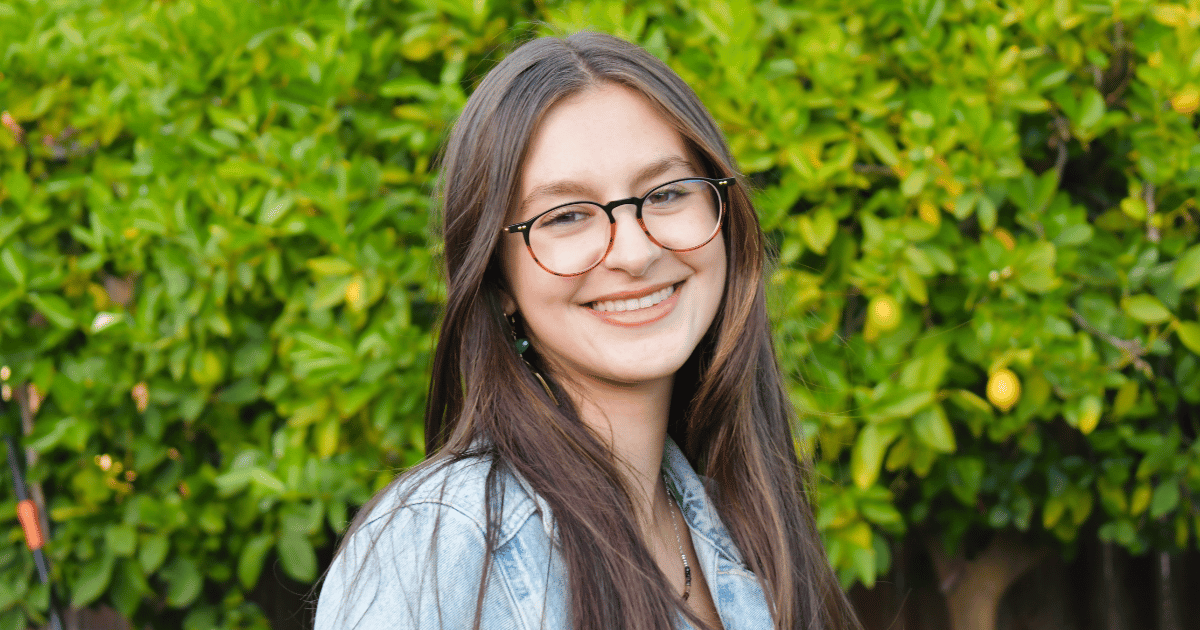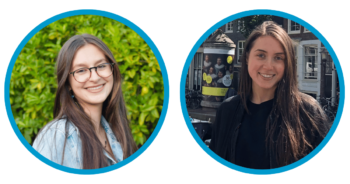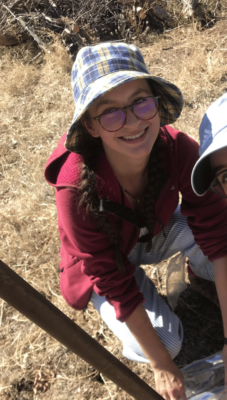Women of CalTrout: Lily Scurria
The Women of CalTrout
Join us for the return of our profile series featuring remarkable women shaping the conservation landscape! Our Communications Associate, Claire Bergerson, sits down for conversations with the women of CalTrout, who are contributing their experience, talents, and time to preserve the home of humans and wildlife. Follow along as these women share their journeys and perspectives, inspiring a new generation of women to challenge the status quo.
Lily Scurria, CalTrout Policy Intern, and Claire Bergerson, Communications Associate
What inspired you to pursue an internship at CalTrout?
I’ve always been fascinated by science and biology, and have also always loved law and policy. In the beginning of college, I struggled to figure out a path that would allow me to combine these interests and came across environmental policy. I then learned all about the work CalTrout does in both conservation and policy, which is the perfect intersection for me.
What is your favorite part of the internship? Could you share some of the most rewarding moments from your time here?
My favorite part has been my first-hand involvement in the legislative process. Before this, I had a limited understanding of what it takes to pass a bill. At CalTrout, I’m invited to be part of the conversations with knowledgeable organizations and agencies all working towards a common goal of preserving California’s landscapes through legislative action.
My favorite moment so far has been attending the first committee hearing about the progress of Governor Newsom’s 30x30 bill. It was such a full circle moment for me. In my freshman year of high school, I visited the Capital Building in Sacramento with mock trial, and now I had the opportunity to attend as part of an effort to impact policy.
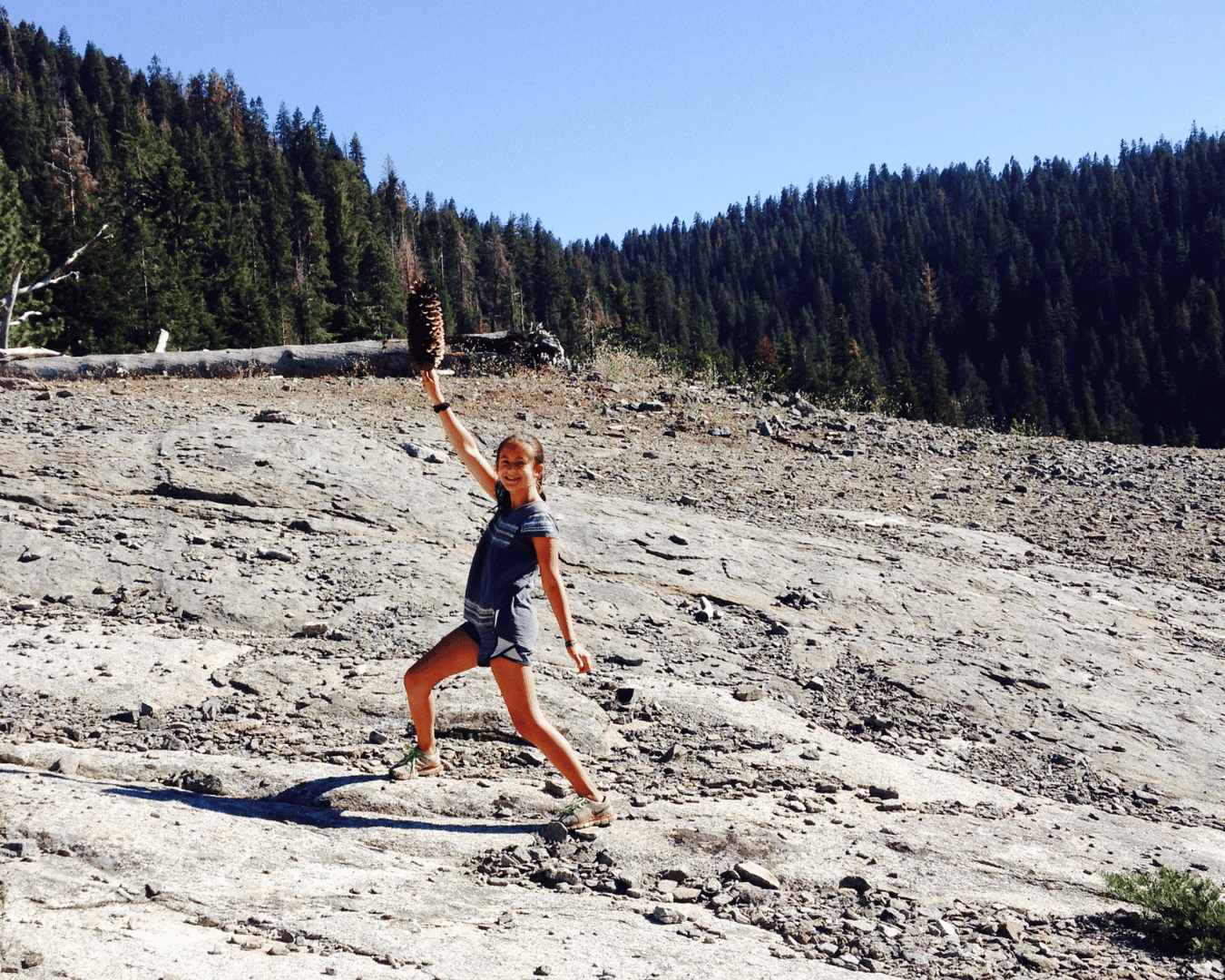
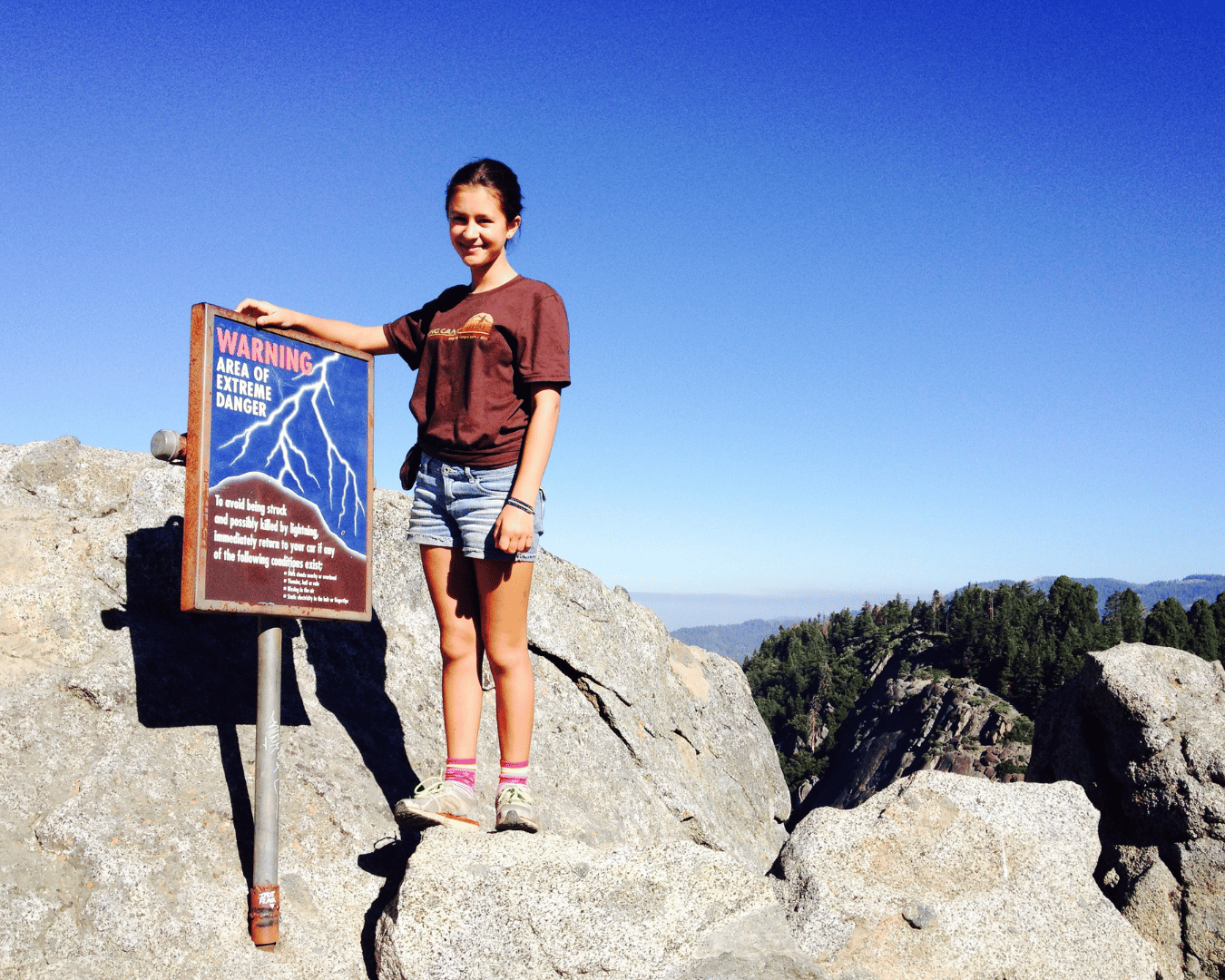
How does environmental activism fit in with other aspects of your life, such as school or other commitments?
I’m currently a junior at UC Davis and majoring in environmental science, which includes courses in chemistry, biology, ecology, policy, and justice. The topic of environmental activism comes up a lot, which I love. UC Davis and the town of Davis are both very environmentally-conscious places. There are so many people here who are driven by the same desire to help the environment.
People here often think that activism must mean studying environmental science or policy, but I’ve learned that it’s much broader than that. One of my chemistry professors is studying alternative cement options that use less CO2 which is such impactful work outside of the realm of traditional activism.
What does it mean to you to be a woman in this field?
While I’m still pretty early on in my career, it means so much to be able to work in a field where there are so many women in positions I hope to be in one day. I’m so inspired by women at CalTrout like Analise Rivero, Associate Director of Policy and Kam Bezdek, Policy Associate, along with women I see in the media who work in all facets of conservation and are making such an impact.
Collecting soil samples of a burned forest

Lily and her family exploring Jalama Beach
To celebrate the "history" part of Women's History Month—is there a woman from history that you find especially inspiring? Or perhaps a mentor from your own life?
I had a biology and environmental science teacher in high school who is the reason I’m pursuing this path. She made me realize how much I love both environmental science and policy. Her class introduced me to the topic of environmental justice, and pretty much everything I am studying and passionate about now. Funny coincidence, but she was also an environmental science major at UC Davis!
What message would you share with younger women or your peers who hope to pursue a career in conservation?
Change takes time, and patience is key. I often remind myself not to get discouraged if I don’t get immediate results, especially in the policy realm. If you’re pursuing a career in conservation, patience is so important.
Bonus question: do you have a favorite fish/river/body of water in California?
Jalama Beach – my family would go there every summer! It is my absolute favorite place to go tide pooling. It has beautiful starfish and sea anemone and is always a reminder of why I love California so much!
Meet the Women of CalTrout
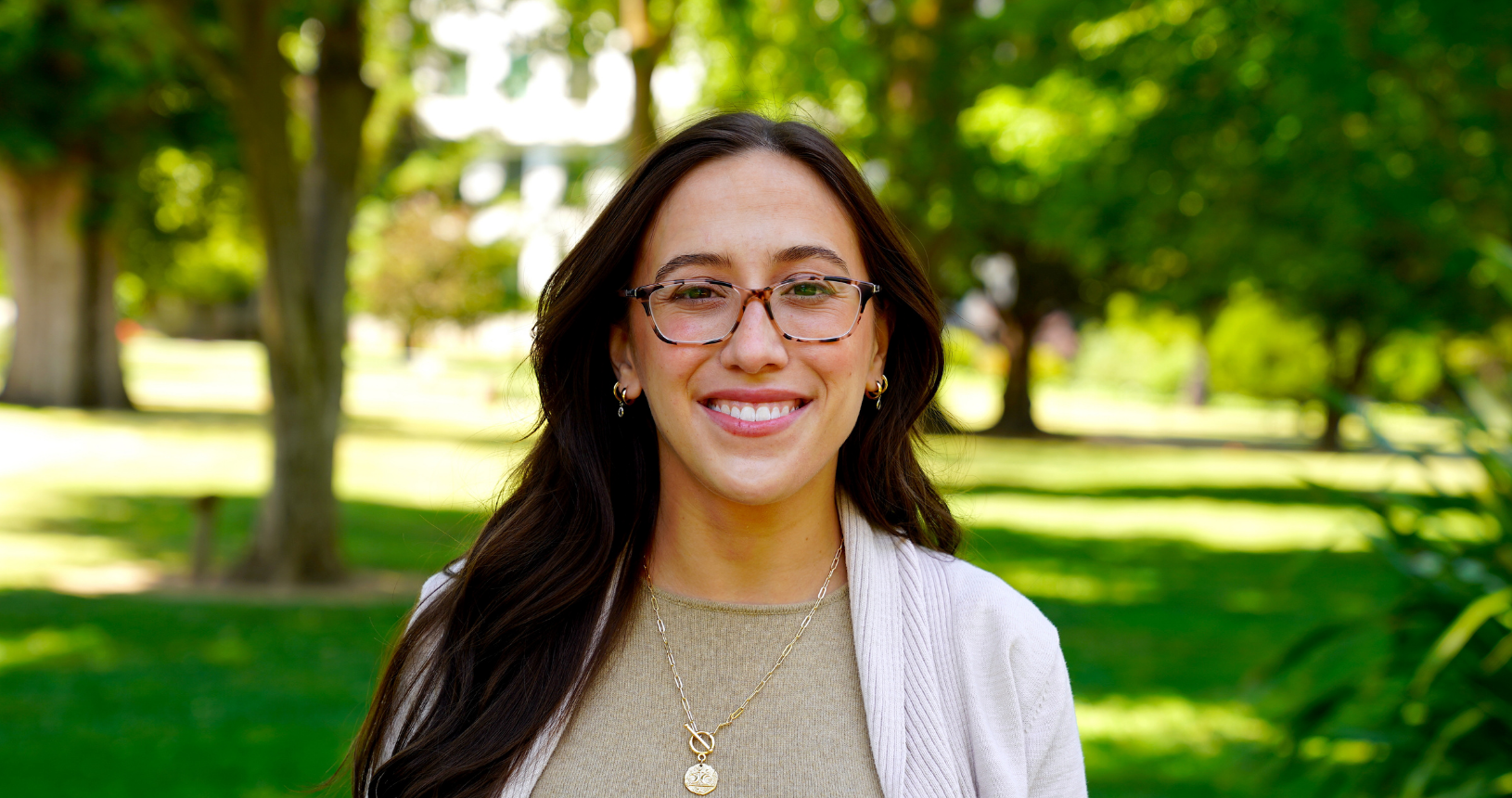
Analise Rivero
CalTrout Associate Director of Policy
Amanda Cooper
CalTrout Staff Attorney
Katy Gurin
CalTrout North Coast Project Manager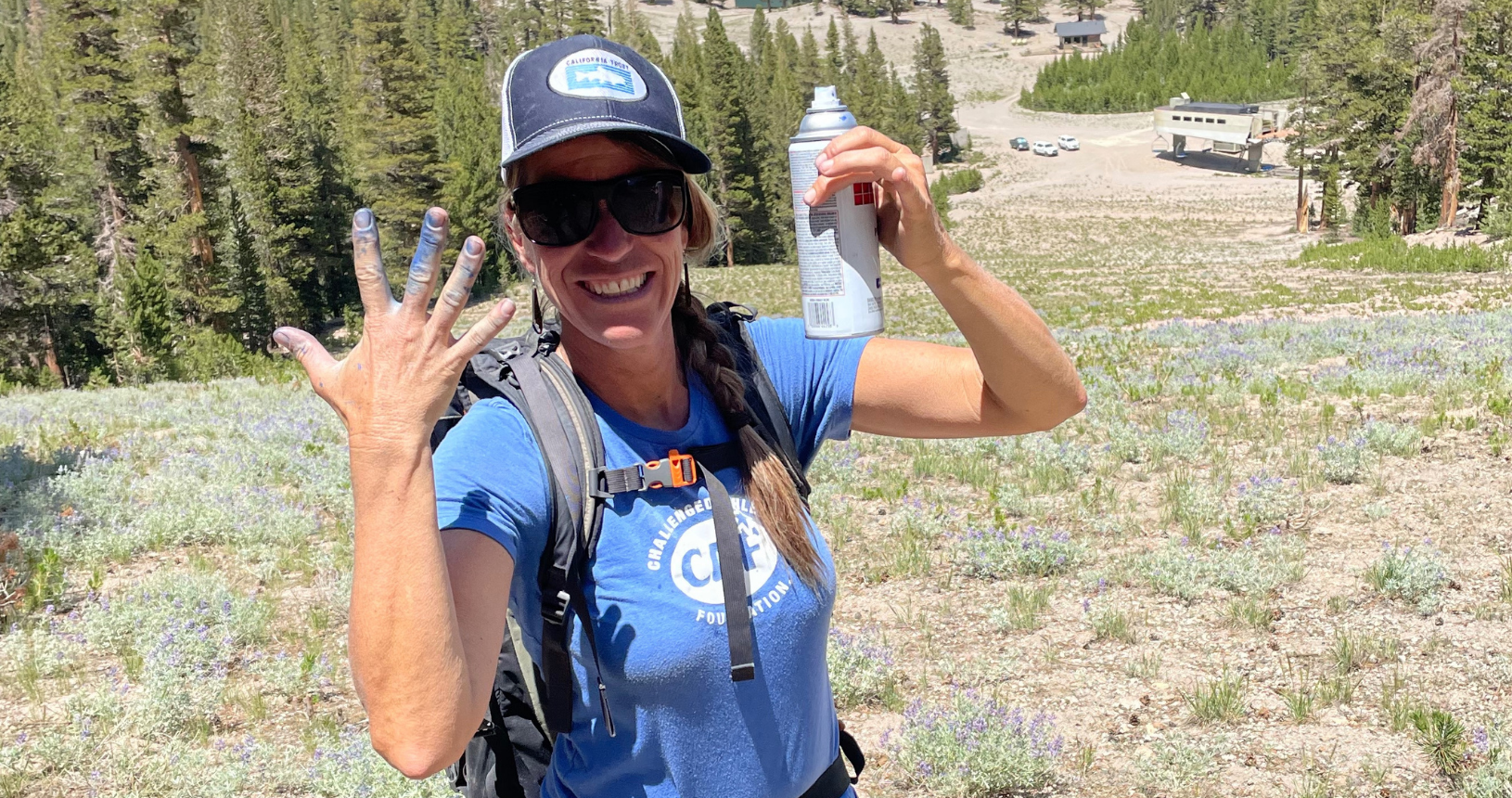
Allison Dodds
CalTrout Sierra Headwaters Project Manager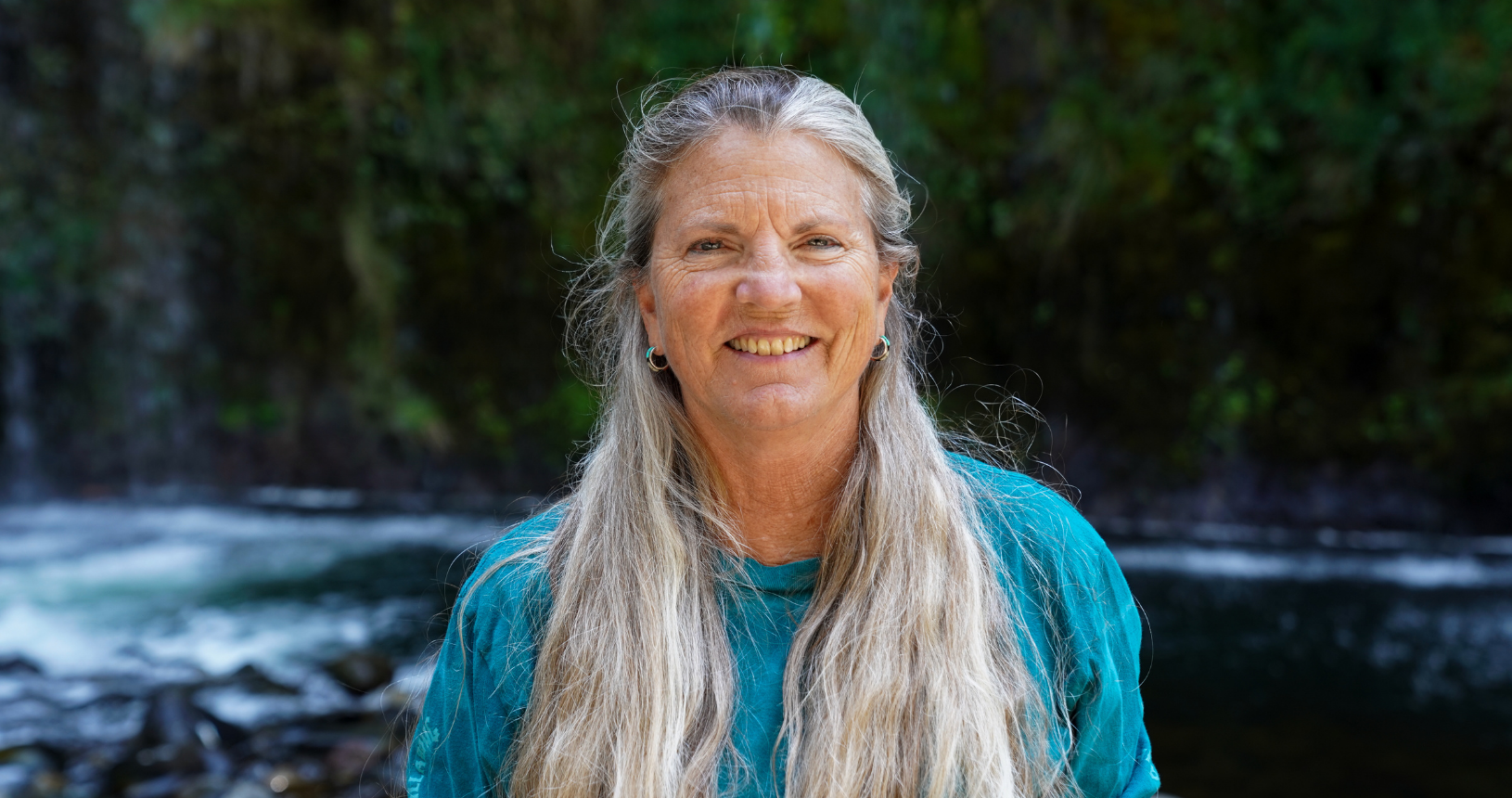
Sandra Jacobson
CalTrout Sierra Headwaters & South Coast Regional Director
Ada Fowler
CalTrout Mount Shasta-Klamath Senior Project Manager
Kam Bezdek
CalTrout Policy Associate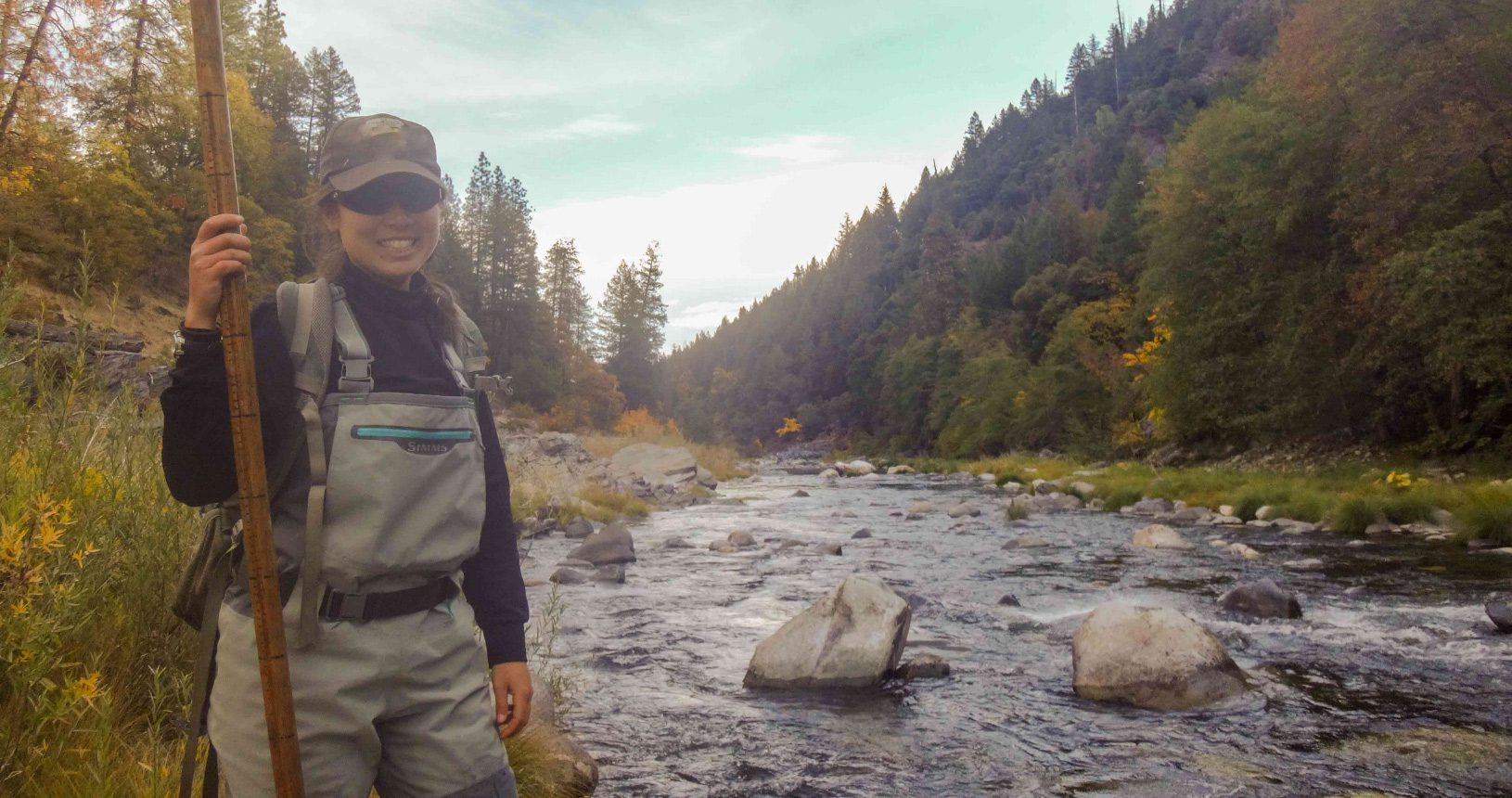
Serena Doose
CalTrout Mt. Shasta-Klamath Project Manager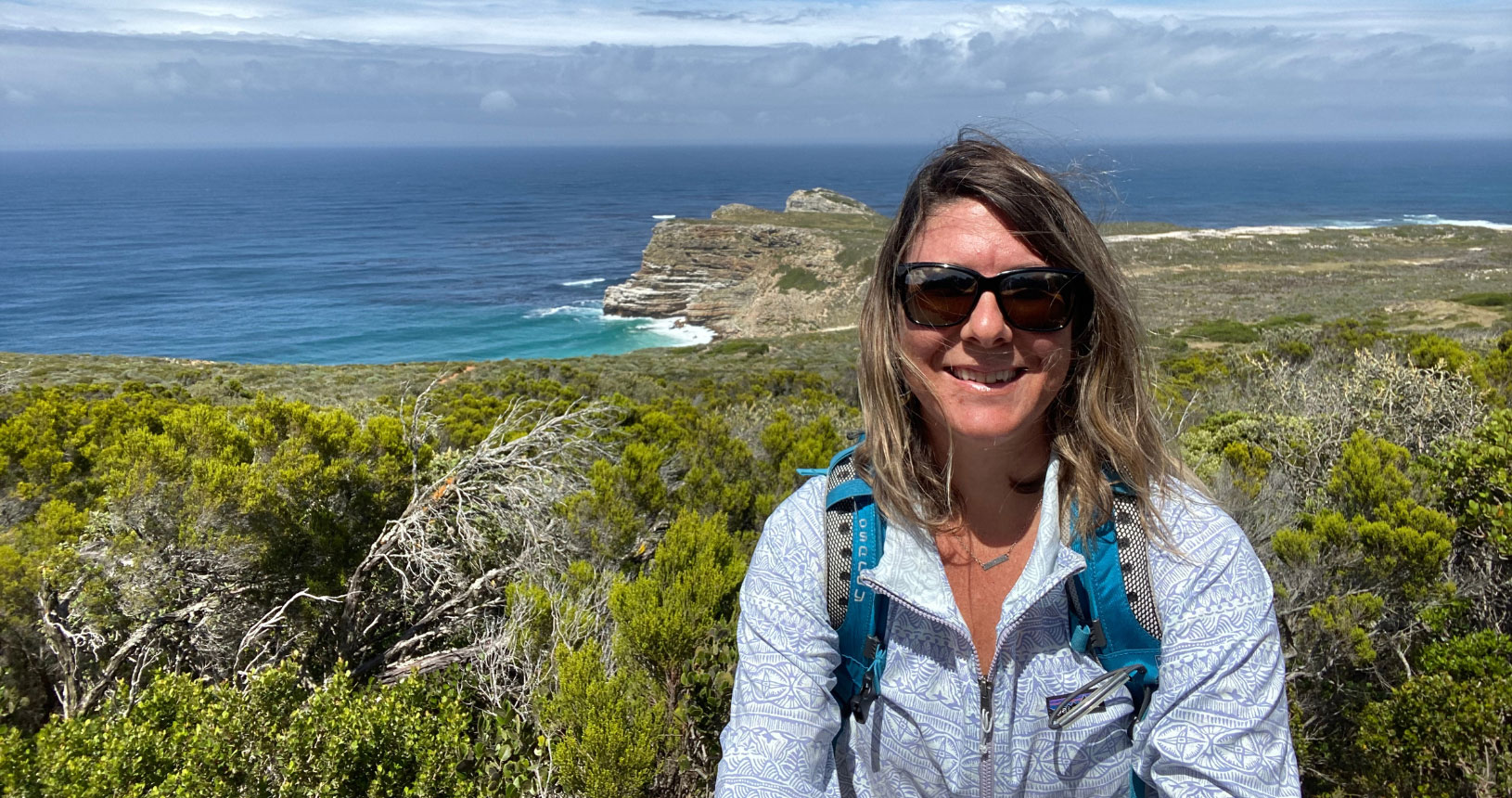
Holly Swan
CalTrout Mt. Lassen Project Manager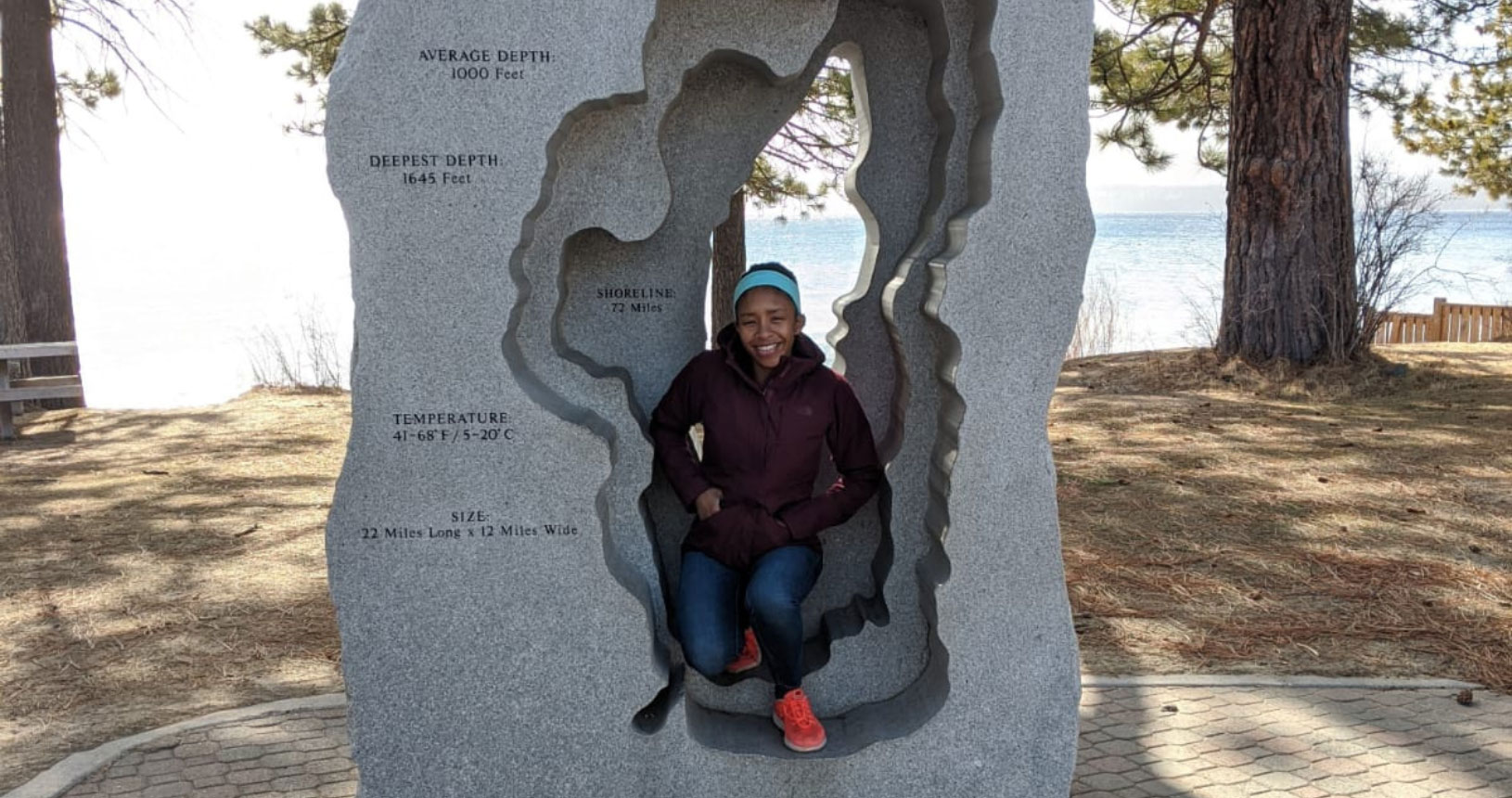
Camyle Allen
CalTrout Conservation Contracts Manager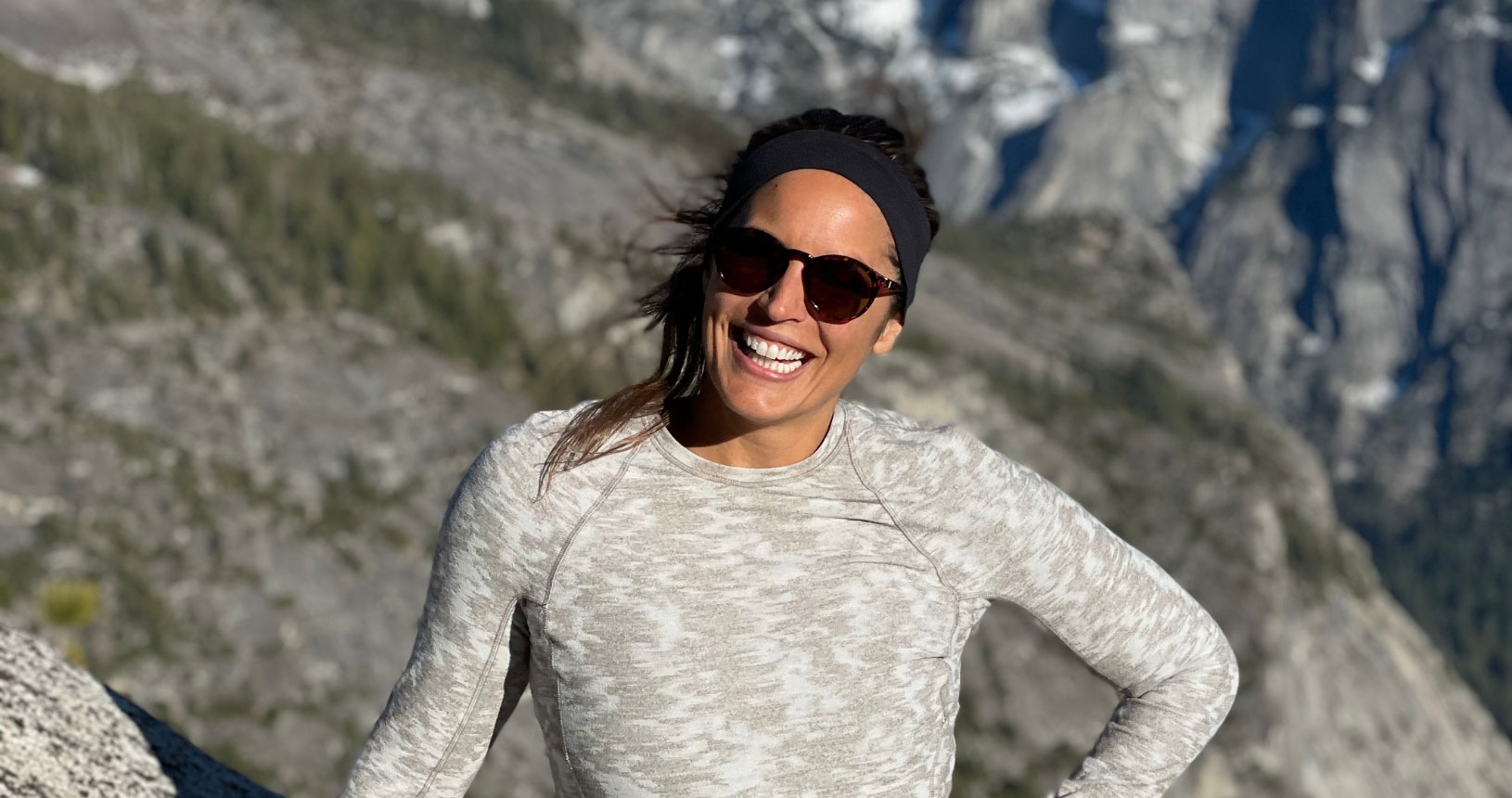
Claire Buchanan
CalTrout Bay Area Senior Project Manager
Marrina Nation
CalTrout Sierra Headwaters Project Manager
Gaby Roff
CalTrout Director of Institutional Giving
Malinda Baker
CalTrout Grants Associate
Lazara Ramos
CalTrout Grants Manager
Melissa Racklyeft
CalTrout Senior Grants Manager
Sarah Trenschel
CalTrout Member


